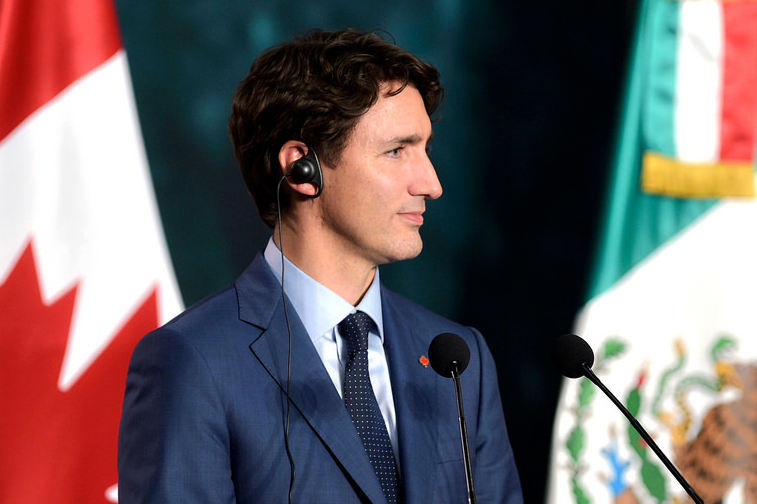This is what a Liberal-NDP pact means for Canada

Mass controversy emerged when both the Prime Minister, Justin Trudeau and NDP leader, Jagmeet Singh, agreed to form a pact to ensure collaboration between the two parties. This, in turn, will provide security for the government of the day— most contend that this will keep the Liberal Party in power until 2025.
Most have labelled this as a coalition, however, this falls short of what this deal is. A coalition requires collaboration between two or more political parties in governance. Trudeau is not inviting the NDP to collaborate on governance but instead ensuring stability and confidence in the House of Commons.
Of course, Singh is not being altruistic; there is a motivation. After all, the last election demonstrated his disdain for Trudeau. While most point to the fact that the NDP hopes to gain influence in matters relating to climate change and indigenous peoples, it is my belief that a large contributor to Singh’s willingness to collaborate is his party’s inability to go through elections like the Liberal or Conservative Parties.
Elections are costly and the government of the day is closer to the NDP in values than the alternative. This makes the pact a strategic position for both parties, but what are the ramifications of this pact? How does it change Canadian politics?
This pact poses a few problems. The first problem concerns Trudeau. While most contend that he has secured himself majority confidence in the House, he has actually shown himself to be more vulnerable than ever. This pact indicates a plea to the NDP to ensure that the government of the day remains in power, which actually makes it more dependent on the NDP than ever before.
This argument could be countered by the claim that this pact is just a formalised assurance of security and supply for the government. This is certainly true and I do not deny it. However, by making it so formal, Trudeau is signalling the demise of his mandate. He cannot move forward without such a pact in the same way that he did in 2015 and 2019.
The second problem this pact poses is that it will diminish the autonomy of the NDP and, in turn, mitigate Singh’s power. He will certainly be able to push for NDP influence in the government’s policy, but this comes with a caveat. If the NDP withdraws support for this pact for a reason such as scandal or disappointment, it follows that it will implicate itself in the government of the day’s mess.
Singh cannot simultaneously take credit for pushing forth his policies on the government agenda and then remove himself from it when there is a scandal or policy fails. He has now made himself a stormy-weather friend to Trudeau.
Naturally, such a position negates the NDP’s autonomy within the House of Commons.
The third problem that this pact poses is that it dilutes left-wing ideology in federal politics. If Singh is actually able to push forward NDP influenced policies, then it can be said that the Liberal Party will move further left. Such a pendulum swing to the left will likely divide the Party between leftists and centrists.
A division within the Liberal Party poses two possible scenarios: one, the Party will have less internal support and consistency, which thwarts the efforts for stability and confidence in the House; and two, the centrist core of the Party will likely defect to the Conservative Party.
Of course, the second scenario assumes that the Conservative Party would be able to return to an “open-tent” approach to party politics. This might be a generous assumption.
Overall, the government of the day is now dependent on NDP support and the NDP has conceded a degree of autonomy from the government. This pact may provide security and stability in governance until 2025, but it is at the expense of both parties’ power.
The government of the day, ironically, will find itself in a far less secure position than the pact intends. Trudeau will have to steer clear of being too leftist and too centrist: If Trudeau swings further left, this will divide the Liberal Party in future and further upset the Conservative Party; if he is too cautious, then the NDP will withdraw support. Therefore, he is in an impossible position that has only further decreased his power. This pact, in turn, is a double-edged sword for the NDP, which will test Singh’s leadership.
All things considered, when it comes to this pact, the Emperor has no clothes.


